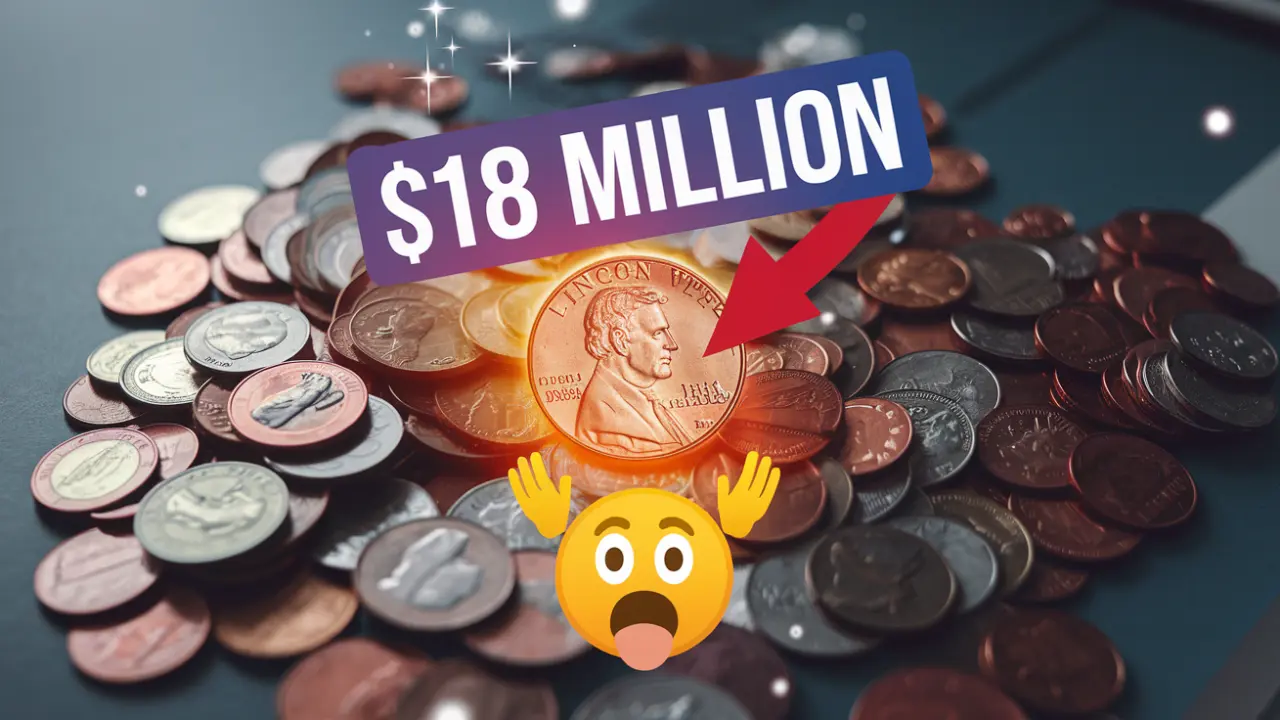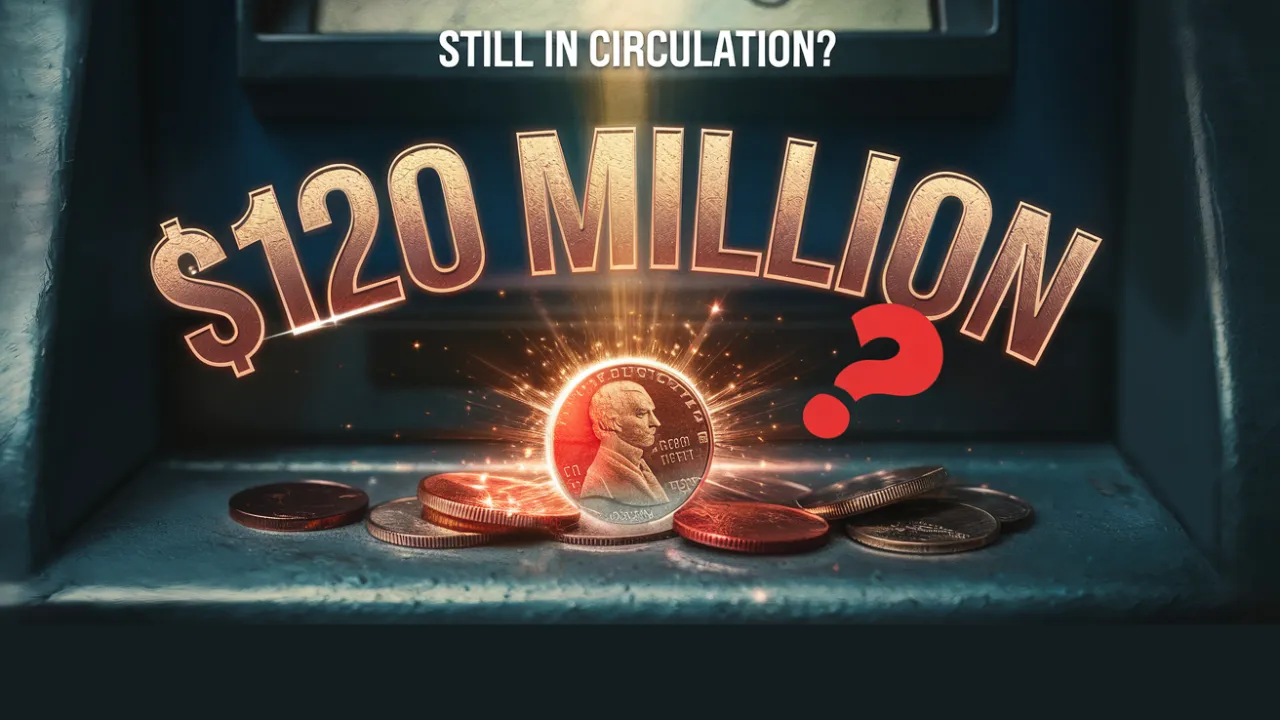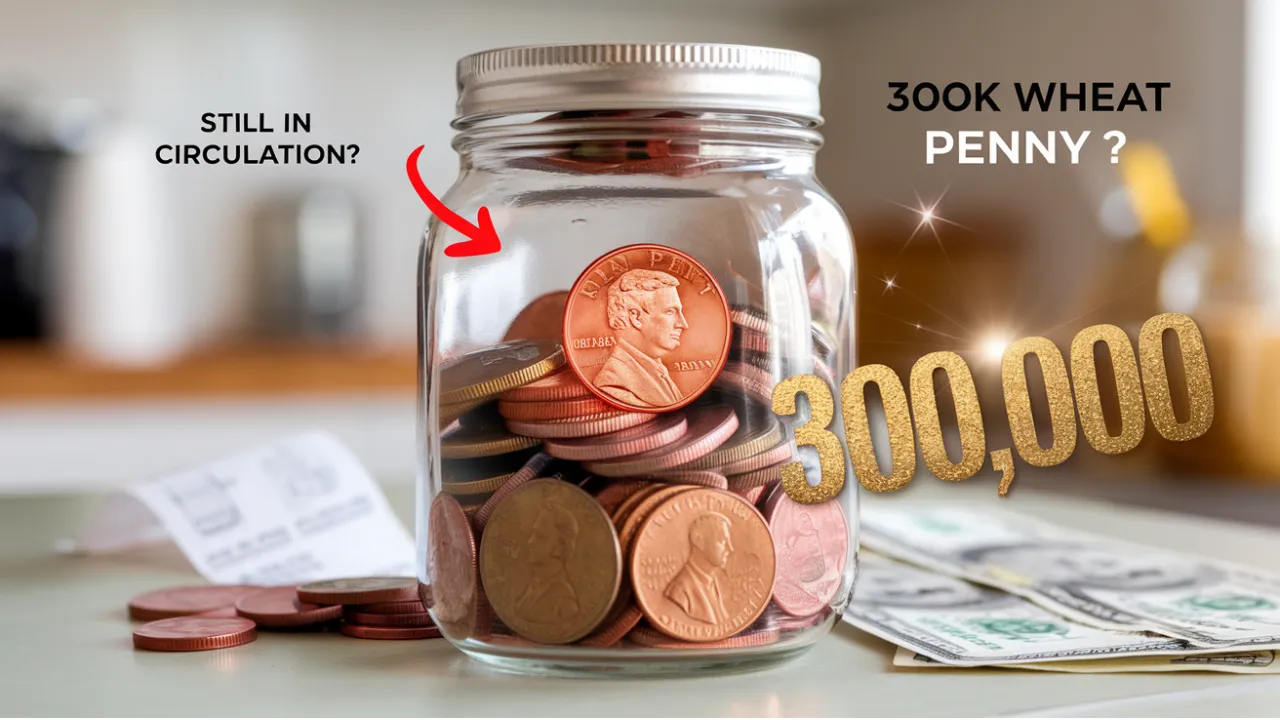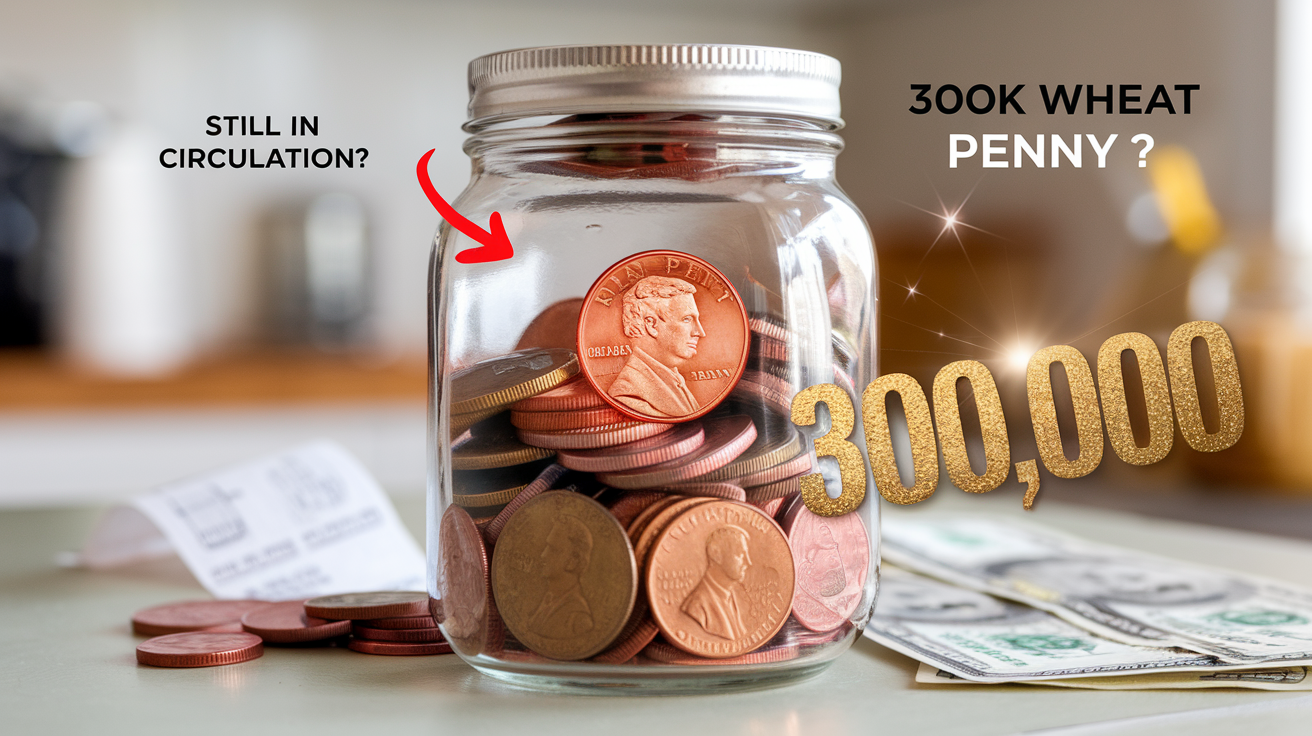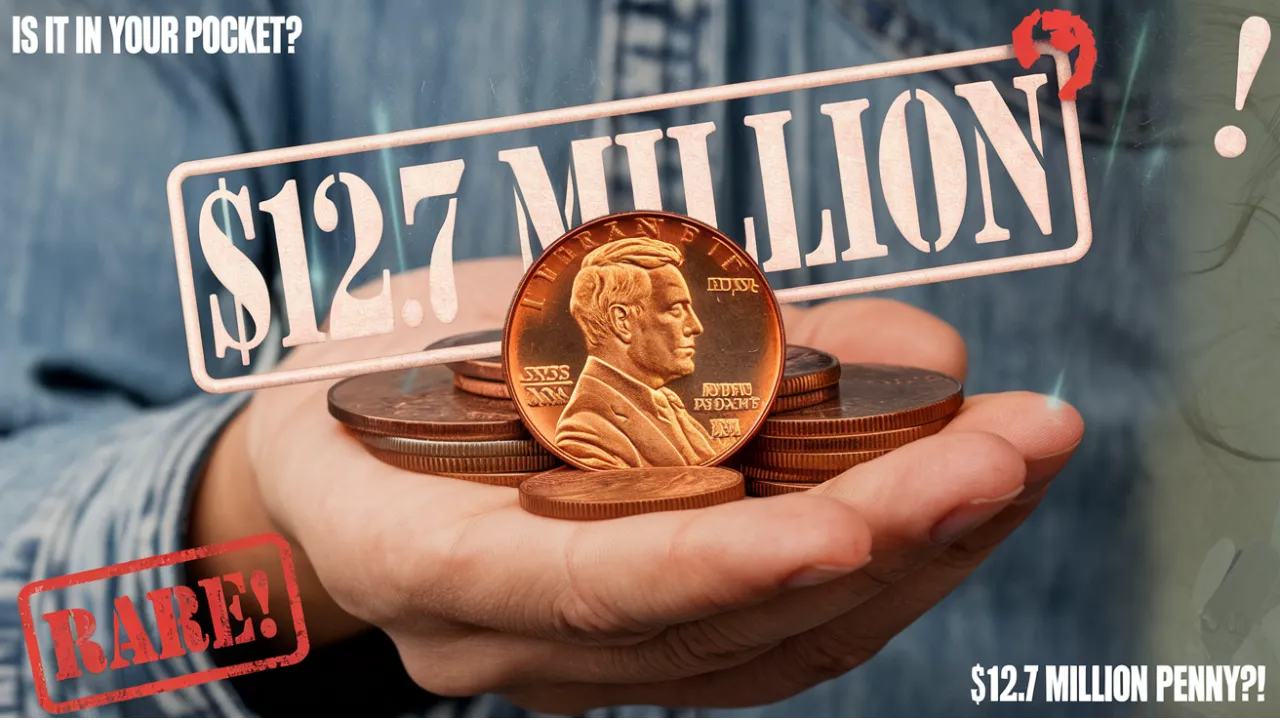Discovering the Lincoln Wheat Penny: The Lincoln Wheat Penny is more than just a coin; it’s a symbol of American history and a dream come true for coin collectors. Some versions of this iconic penny, like the rare 1943 copper variant, have skyrocketed in value, reaching up to $18 million. What’s even more intriguing? These rare coins could still be hiding in circulation today, blending in with ordinary pennies in your pocket change.
In this article, we’ll dive into the history of the Lincoln Wheat Penny, uncover what makes some of these coins so valuable, and guide you through the steps to identify if you’re holding a potential fortune. Whether you’re a casual collector or someone with a curious stash of old coins, this guide will show you how extraordinary value can sometimes be found in the most unexpected places.
Overview of the Lincoln Wheat Penny
| Key Detail | What to Know |
| Introduced | 1909 to honor Abraham Lincoln’s 100th birthday |
| Design Features | Lincoln’s profile on the front, wheat stalks on the back |
| Designer | Victor David Brenner |
| Production Period | 1909–1958 |
| Rare Variant | The 1943 copper penny, a result of a minting error during World War II |
| Estimated Value of Rare Coin | Up to $18 million |
| Still in Circulation? | Yes, some rare coins may still be mixed with everyday currency |
The Origins of the Lincoln Wheat Penny
First minted in 1909, the Lincoln Wheat Penny was a groundbreaking coin for its time. It was created to honor President Abraham Lincoln’s 100th birthday and became the first U.S. coin to feature the portrait of a real person. Its designer, Victor David Brenner, crafted a coin that combined simplicity with meaning—showcasing Lincoln’s profile on the front and two wheat stalks on the back to represent prosperity and the nation’s agricultural roots.
The Lincoln Wheat Penny was a huge departure from the generic designs of earlier coins and quickly became a favorite among Americans. It remained in production until 1958, when the wheat stalks on the reverse were replaced with the image of the Lincoln Memorial.
The Wartime Mistake That Created a Fortune
During World War II, copper became a critical resource for producing ammunition and other wartime necessities. To conserve copper, the U.S. Mint switched to making pennies out of steel in 1943. However, a few leftover copper planchets (blanks used to make coins) accidentally made their way into the minting presses, producing one of the rarest coins in history—the 1943 copper Lincoln Wheat Penny.
These pennies, numbering only 20 to 40 known specimens, became an instant fascination for collectors. Their rarity, combined with their unique origin as a wartime mistake, has turned them into one of the most sought-after coins in the world.
Why Is the 1943 Copper Penny So Valuable?
The astronomical value of the 1943 copper penny can be attributed to three key factors:
- Scarcity: With so few in existence, these coins are incredibly rare, and collectors are willing to pay a premium for them.
- Historical Significance: The penny serves as a tangible reminder of the U.S. wartime effort and the resourceful measures taken during that period.
- Condition: As with all collectibles, the better the condition, the higher the value. Pristine specimens are the most desirable and command top dollar.
A well-preserved 1943 copper penny can fetch millions at auctions, with the highest recorded sale reaching an astonishing $18 million.
Are These Rare Coins Still in Circulation?
Yes, there’s still hope that a valuable Lincoln Wheat Penny could be hiding in plain sight. These rare coins may have slipped into circulation decades ago and remained unnoticed. Old penny jars, forgotten collections, or even loose change could contain these hidden treasures. The thrill of the hunt is what keeps collectors and enthusiasts checking their pennies year after year.
How to Spot a Rare Lincoln Wheat Penny
Identifying a valuable Lincoln Wheat Penny requires a careful eye and a bit of knowledge. Here are some steps to help you in your search:
- Check the Date: Start by looking for pennies from 1943. If the coin is dated 1943 and appears copper-colored, it might be one of the rare copper variants.
- Perform the Magnet Test: Steel pennies from 1943 will stick to a magnet, while copper ones will not. This simple test can help narrow down the possibilities.
- Examine Mint Marks: Coins from certain mints, like Denver (“D”) or San Francisco (“S”), might hold additional value.
- Inspect the Condition: A penny with minimal wear is more likely to fetch a higher price.
Even if you don’t uncover a copper penny, other Lincoln Wheat Pennies from rare years or with unique minting errors can still be valuable.
Professional Authentication: The Next Step
If you think you’ve found a rare Lincoln Wheat Penny, don’t celebrate just yet. The coin’s authenticity must be verified by a professional. Coin grading services like PCGS (Professional Coin Grading Service) or NGC (Numismatic Guaranty Corporation) can assess its authenticity, condition, and value. This is a crucial step for anyone serious about selling or preserving a rare find.
The Allure of Collecting Lincoln Wheat Pennies
For collectors, the Lincoln Wheat Penny represents much more than monetary value. It’s a window into history—a tangible piece of the past that reflects America’s cultural and economic changes. From its debut during the Progressive Era to its role during World War II, this penny has witnessed pivotal moments in U.S. history.
Beyond its historical significance, the Lincoln Wheat Penny’s timeless design and the thrill of discovering rare variants make it a favorite among numismatists.
Tips for Starting Your Collection
If you’re inspired to dive into the world of coin collecting, here are some tips to get started:
- Educate Yourself: Learn about the various dates, mint marks, and errors that make Lincoln Wheat Pennies valuable.
- Start Small: Begin by sorting through your own change or buying affordable pennies from reputable dealers.
- Join a Community: Connect with fellow collectors through online forums or local coin clubs to gain insights and share your finds.
- Invest in Proper Storage: Protect your coins by storing them in coin holders or albums and keeping them in a stable environment.
FAQs
1. What makes the 1943 copper penny so rare?
It was accidentally minted when leftover copper planchets were used instead of steel during World War II, resulting in only a few dozen coins.
2. How can I tell if my 1943 penny is copper?
A magnet test is the easiest way—steel pennies will stick to a magnet, while copper pennies will not.
3. Are all Lincoln Wheat Pennies valuable?
Not all are valuable, but certain years, mint marks, and error coins can command high prices.
4. What’s the best way to get my coin authenticated?
Submit it to a professional grading service like PCGS or NGC for an expert evaluation.
5. Can I still find Lincoln Wheat Pennies in circulation?
Yes, although rare, some may still be found in old collections, penny jars, or even loose change.
Final Thoughts
The Lincoln Wheat Penny is more than just a collector’s item—it’s a fascinating piece of American history and a potential treasure waiting to be discovered. Whether you’re an experienced collector or simply curious about your pocket change, the search for rare pennies offers a unique blend of history, excitement, and potential financial reward.
So, take a closer look at those pennies in your wallet or change jar. Who knows? You might just uncover a piece of history worth millions! And if you do, don’t forget to share your story and inspire others to join the hunt for the elusive Lincoln Wheat Penny.
